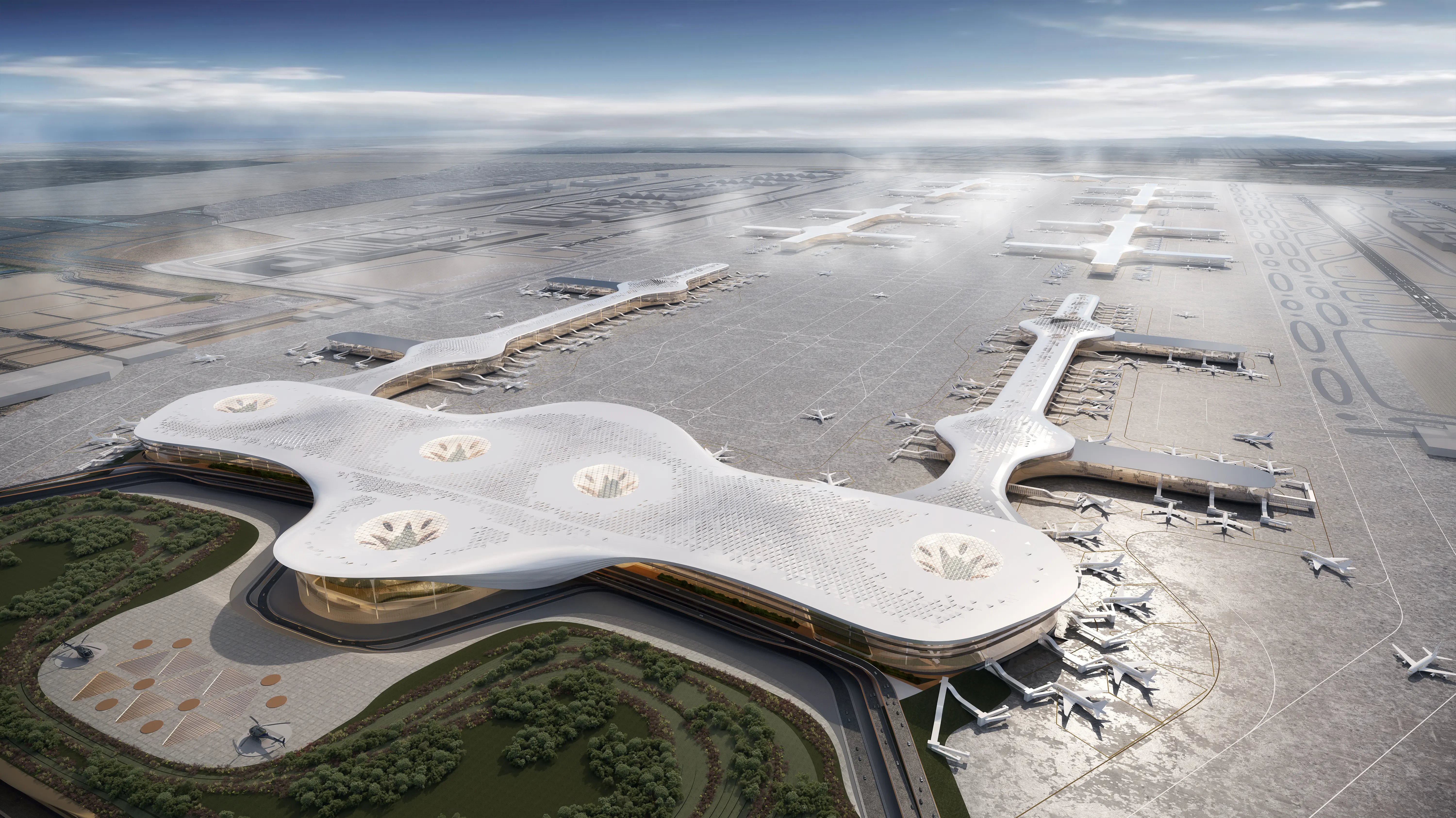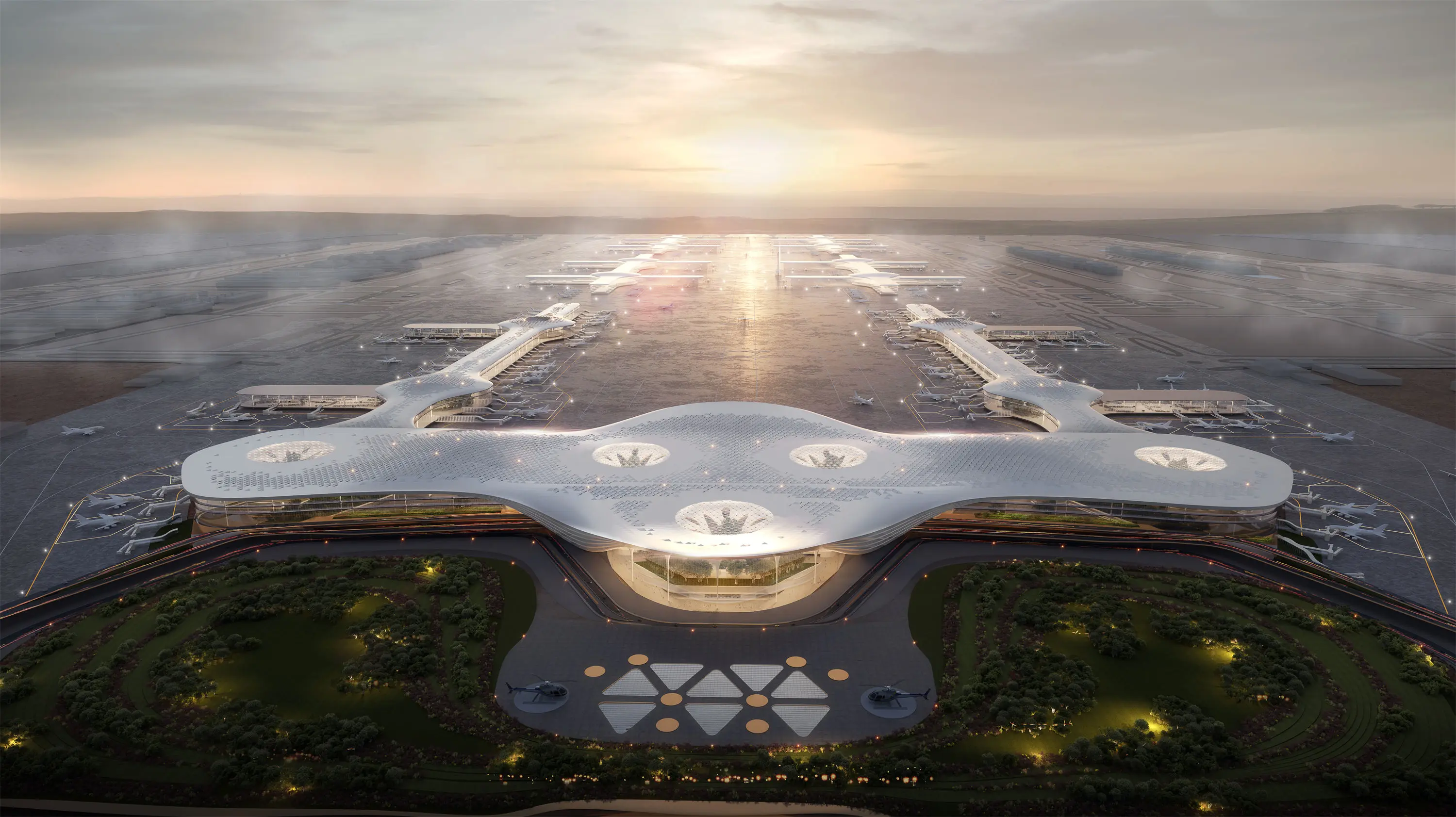How to improve the rendering speed and picture quality of architectural roam animation?
render Settings optimization
Adjust the render parameters: In the renderer Settings, the appropriate reduction of the sample value can speed up the rendering, but this may have a certain impact on the picture quality, need to find a balance. For example, in V-Ray Renderers, reducing the "noise limit" in the "sample value" can improve rendering speed within an acceptable range of picture quality loss.
Enable progressive rendering: Many renderers support progressive rendering, such as Arnold, Redshift, and others. It allows you to see the rough results of rendering faster, and the quality of rendering will gradually improve over time, saving rendering time overall.
Use area rendering: If you only need to focus on the details of a specific area in the architectural animation, you can use the area rendering function to render only that area in high resolution, which can greatly improve rendering efficiency.
Model and scenario optimization
Simplify the model structure: delete unnecessary faces, edges and vertices in the model, such as some hidden structures in the building model that can not be seen inside, and details that have little impact on the overall effect from afar. This can be done using 3ds Max's Optimizer modifier or Maya's Reduce the Number of Faces tool.
Rational use of proxy objects: For complex high-precision models, such as large plant communities, crowds, etc., you can convert them into proxy objects, loading only the necessary details when rendering, improving the rendering speed. There is a special proxy object function in V-Ray.
Uniform materials and textures: Try to use simple and repetitive materials and textures, and avoid overly complex material node networks. At the same time, the same or similar materials are merged to reduce the number of materials, which helps to improve the rendering speed.
Optimize lighting Settings: Reduce the number of unnecessary lights, too many lights will greatly increase the rendering calculation. For distant lights or lights that have less impact on the main body, their intensity can be appropriately reduced or deleted. At the same time, try to use indirect lighting optimization techniques, such as V-Ray "glow map" and "light cache" to improve the calculation efficiency of indirect light.

Hardware upgrade
Upgrade the CPU: Choosing a multi-core, high-frequency CPU, such as Intel's Core i9 series or AMD's Ryzen 9 series, can significantly improve the rendering speed, because the rendering process usually requires higher computing power on the CPU.
Increased memory: Sufficient memory ensures that software and renderers can read and process data quickly while running, avoiding stalling and slow rendering due to insufficient memory. It is recommended to increase the memory to more than 16GB, and for large projects, 32GB or higher will be more helpful.
Use professional graphics cards: Professional graphics cards, such as NVIDIA's Quadro series or AMD's Radeon Pro series, are optimized for graphics rendering and modeling software and can provide greater performance than regular consumer graphics cards, especially when dealing with complex scenes and high-precision models.
Distributed rendering: If conditions permit, multiple computers can be used to form a cluster for distributed rendering, and the rendering task can be assigned to different computers for calculation at the same time through the network, greatly shortening the rendering time. There are some specialized distributed rendering management software on the market, such as Thinkbox Deadline, which can facilitate this function.
Other tips
Using a render farm: Uploading rendering tasks to a render farm in the cloud and utilizing its massive computing resources for rendering can greatly improve rendering speed without worrying about local hardware performance. Common rendering farms are dazzling clouds, Ruiyun and so on.
Caching and reuse: For some static scene elements or parts that have been rendered, they can be cached and reused in subsequent rendering to avoid repeated calculations. For example, in architectural animation, some fixed background elements can be rendered in advance and cached to be called directly in subsequent frames.
Test rendering: Before formally rendering the building roam animation, test rendering with small resolution and low parameters is performed first to quickly check whether there are obvious problems in the scene, such as model errors, material anomalies, lighting problems, etc., and make timely modifications to avoid wasting a lot of time when problems are found in the final rendering.
LIGHTS uses advanced 3D modeling technology and animation production software to accurately restore the exterior, internal structure and surrounding environment of the building according to architectural design drawings and customer requirements, and produces smooth and realistic architectural animation, showing the charm and characteristics of the building in an all-round way. Customized animation marketing program for real estate projects. From project planning, apartment type display to community supporting, life scene simulation, etc., through vivid animation presentation, to provide buyers with immersive home purchase experience, effectively improve the sales conversion rate of real estate.


